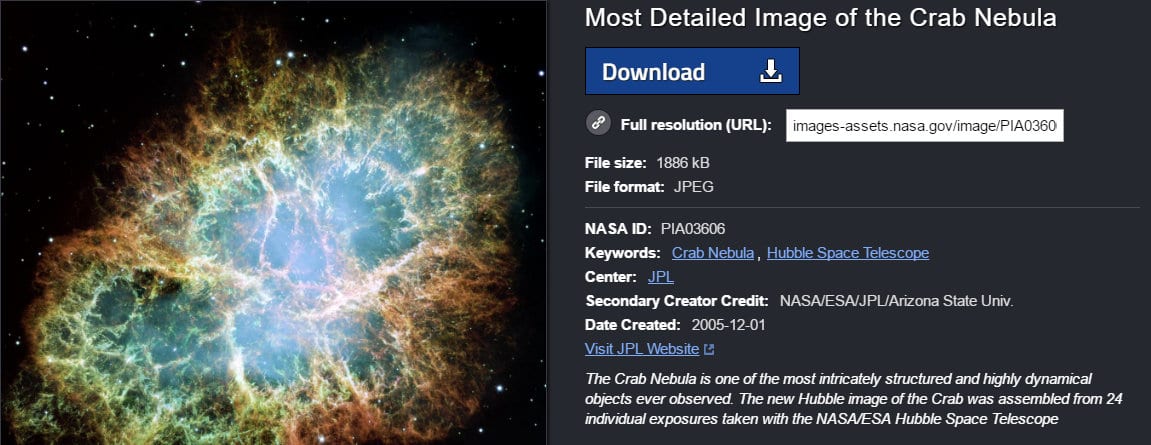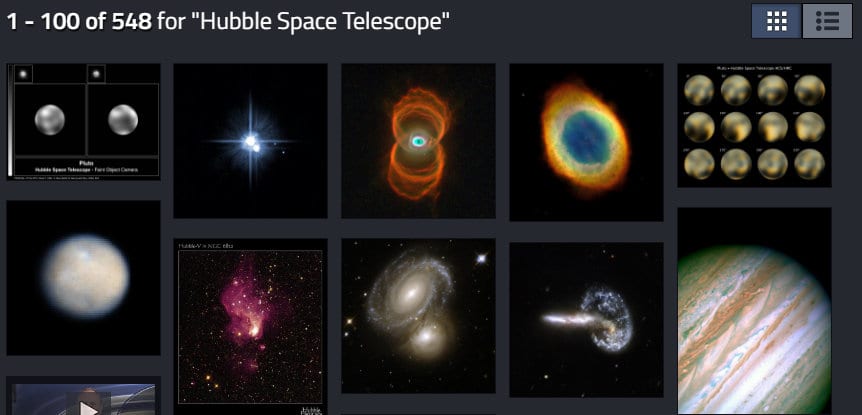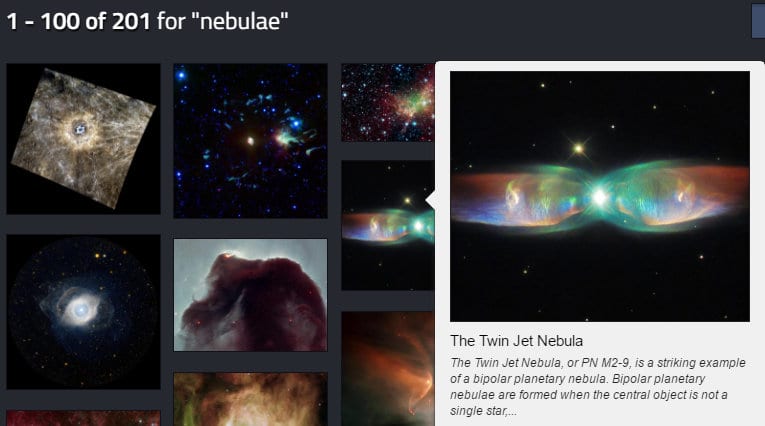We as a civilized species have few people to thank for their ingenuity and hard work. NASA is one of the junctions for these minds. For decades they have been a front-runner for space exploration and science beyond earth. And the things they discover, pictures they take and breathtaking. And they have been sharing their discovery, magnificent photographs, and journey through the galaxy since the internet breakthrough. The NASA centers shared images in their way with the world. But now NASA has built a system to combine images from their ten field centers in a single searchable cloud architecture.
The new system “NASA Image and Video Library” houses thousands of pictures from all aspects of NASA operations. From conferences, rocket launches to planets and space objects. You can search for the Audio, Video and Image archive with a query and it will return an archive of footage and files on the said keyword. This archive will serve the science community, the amateur astronomers, kids and anyone with an inclination for space science.

You can filter your search with images, videos or audio and also the dates from when the pictures were taken. The date range is from 1920 to 2017, so there is much to be explored. Then you can view detailed information about the files you find through search results. If you are an avid space enthusiast like me, then you could spend hours fantasizing about how amazing space and the universe is.

This assortment of clippings will certainly entertain enthusiasts, but this benefits astronomy community all around the world including Nepal. This collection will also encourage the younger generation with love of space science and assist in creating a path for future astronauts, astronomers, and scientists. Let us know what you think about the new archive from NASA in the comments.



